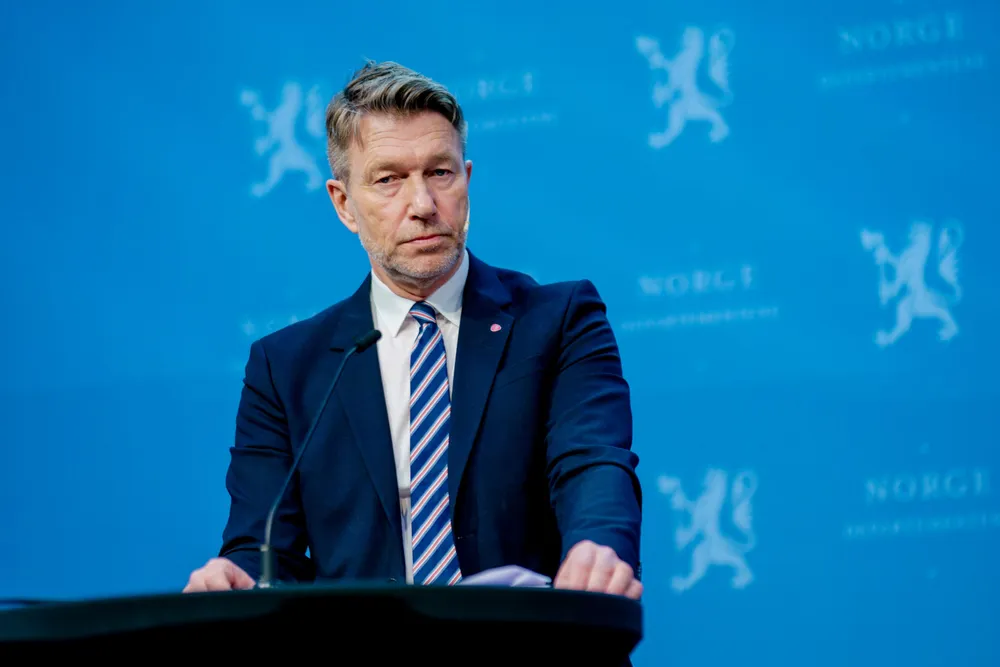Norway plans for more gas and blue hydrogen as Europe turns away from Russia
Petroleum & Energy Minister Terje Lien Aasland tells Upstream he wants his country to remain a key supplier of energy to Europe

Petroleum & Energy Minister Terje Lien Aasland tells Upstream he wants his country to remain a key supplier of energy to Europe
